1 What is Low Blood Pressure?
Blood pressure is the measure of the force of blood against the walls of arteries as it circulates through the body. It is measured in millimeters of mercury (mmHg).
Blood pressure is represented by two numbers:
- Systolic pressure: The pressure in the arteries when the heart beats and pumps blood.
- Diastolic pressure: The pressure in the arteries when the heart rests between beats.
Normal blood pressure is 120/80 mmHg (systolic/diastolic). When the systolic pressure is less than 90 mmHg and diastolic pressure is less than 60 mmHg, it means your blood pressure is lower than normal. Note that these measurements are taken when the body is at rest.
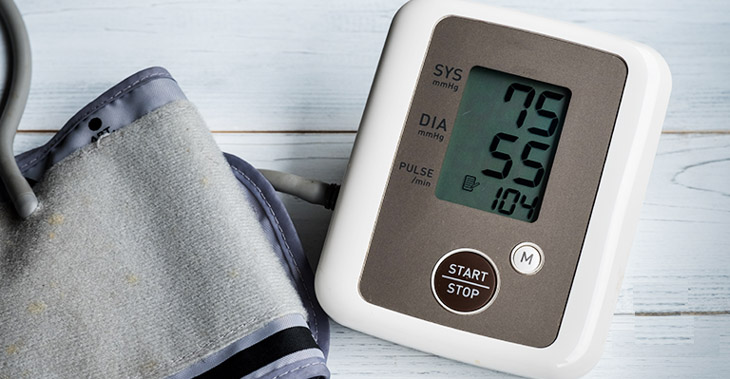
Data shows that blood pressure is lower than normal.
Low blood pressure can stem from various causes:
- Dehydration
- Allergic reactions, anaphylaxis
- Adverse reactions to certain medications: diuretics, anesthetics, etc.
- Chronic venous insufficiency due to prolonged standing
- Internal bleeding caused by acute infections, heart failure, abnormal heart rhythms, or angina pectoris due to acute coronary syndrome
People with low blood pressure often experience symptoms such as fatigue, dizziness, headaches, nausea, and lack of focus. These symptoms are more pronounced when they suddenly stand up or change positions.
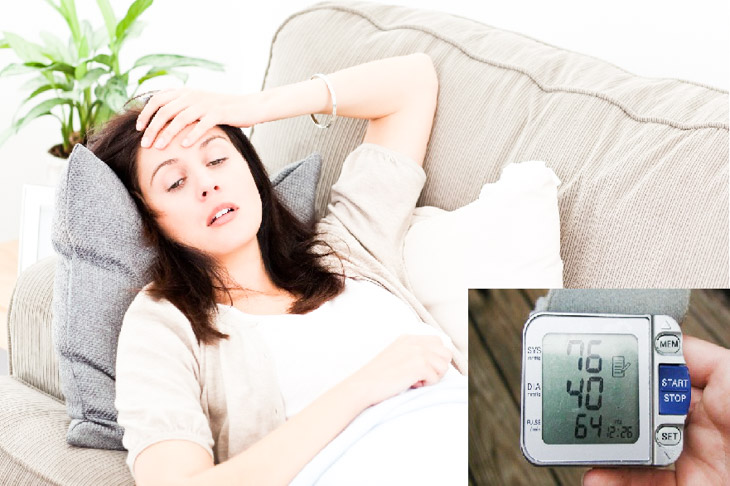
Low blood pressure can cause fatigue and dizziness.
Extremely low blood pressure poses risks of confusion, cold hands and feet, pale skin, rapid and shallow breathing, and weak and rapid pulse.
Low blood pressure is especially dangerous for the elderly and people with chronic illnesses as the blood flow to the heart, brain, and other vital organs is compromised.
To monitor your blood pressure and take timely care of it, you should invest in a home blood pressure monitor. Nowadays, there are many compact and easy-to-use devices available, such as the Microlife B6 Advance Automatic Blood Pressure Monitor and the Kachi MK-293 Automatic Blood Pressure Monitor.
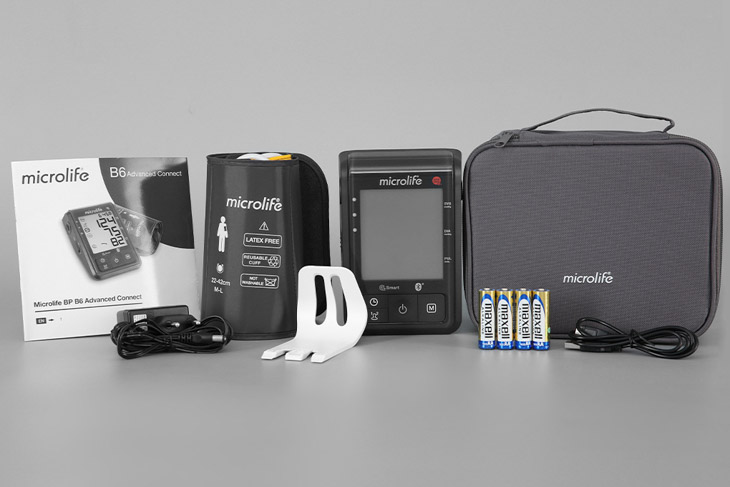
Microlife B6 Advance Automatic Blood Pressure Monitor
2 How to Prevent Low Blood Pressure
Regularly Monitor Your Blood Pressure: Use a Blood Pressure Monitor to Check for Low Blood Pressure
Low blood pressure can affect anyone. Therefore, it is crucial to regularly monitor your blood pressure to make necessary adjustments to your diet, sleep, and seek medical advice to prevent the condition from worsening.
Having a home blood pressure monitor is essential, especially for households with elderly individuals or pregnant women.
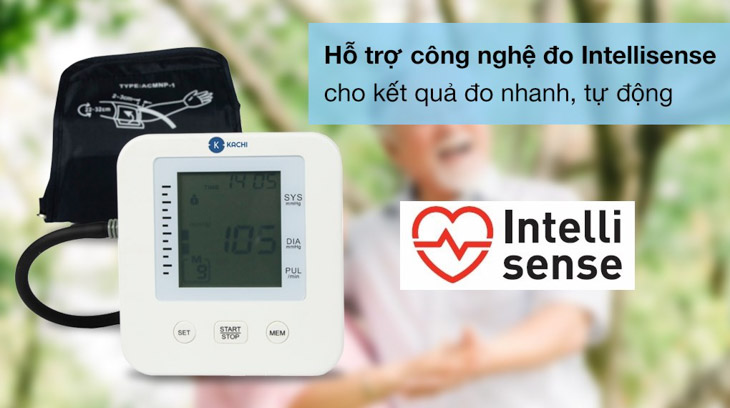
Kachi MK-293 Automatic Blood Pressure Monitor with Intellisense technology for fast and accurate readings.
Pay Attention to Unusual Physical Symptoms
Initially, low blood pressure symptoms may be mild, such as dizziness and nausea, and can be mistaken for fatigue. Over time, however, the condition can become more severe.
Therefore, it is important to be mindful of any unusual physical symptoms and not ignore the early signs.
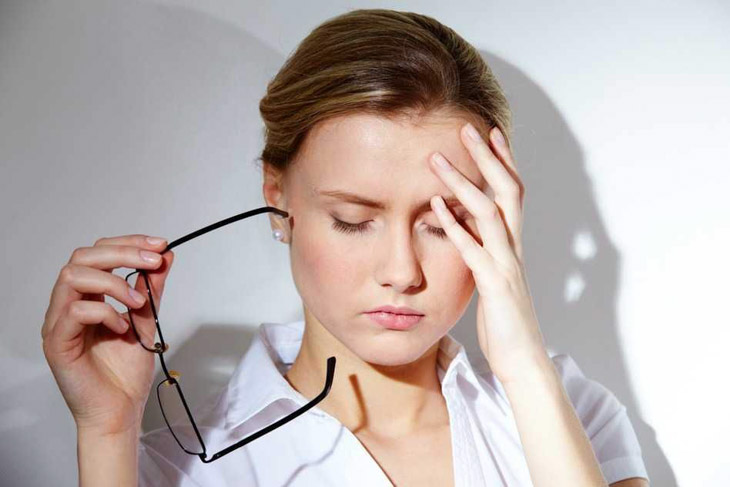
Closely monitor any unusual physical symptoms.
When blood pressure suddenly drops, it is recommended to lay the person down in a well-ventilated area, with their head slightly lowered and legs elevated. Then, give them ginger tea, coffee, or a piece of chocolate to increase their circulatory volume.
Avoid Staying Up Late
Staying up late and not getting enough sleep negatively impact the body’s recovery process, including the cardiovascular system. Without adequate rest, the heart works harder, leading to cardiovascular disorders, a primary cause of blood pressure-related issues.

Staying up late is harmful to your health.
Therefore, it is crucial to establish a healthy routine and aim for 8 hours of sleep per night to maintain your well-being and keep your mind sharp and relaxed.
Stay Warm During Sleep
Low blood pressure affects the blood flow to the skin, impacting the body’s ability to retain moisture. As a result, individuals with low blood pressure often experience numbness, cold sensations, and poor cold tolerance.
Keeping warm during sleep, especially in colder months, is one way to prevent low blood pressure and improve sleep quality.

Limit Sun Exposure During Hot Weather
Direct exposure to sunlight stimulates sweat glands, increasing secretion and metabolic rate. This leads to significant fluid loss, reduced blood volume, and increased risk to the heart and brain, potentially causing sudden drops in blood pressure.

Individuals with low blood pressure should limit sun exposure during hot weather. Additionally, it is crucial to stay hydrated, especially in the summer. This is the most immediate and effective solution to prevent low blood pressure.
Avoid Sudden and Intense Physical Activity
After waking up or sitting for an extended period, avoid standing up suddenly to prevent dizziness, fainting, or blurred vision. Instead, relax your body, stand up slowly, and find a comfortable position.

Intense physical activity can lead to dizziness and low blood pressure.
If you experience low blood pressure symptoms after standing, try to stand up straight, breathe evenly, or elevate one leg by leaning against a wall or resting it on a chair and bending forward. This will encourage blood flow from the legs back to the heart.
Maintain Mild Physical Activity, Such as Walking
Mild physical activity offers numerous benefits to the body. Exercise improves blood circulation, reducing blood pooling in specific areas and alleviating low blood pressure symptoms.
Choose an activity that suits your physical condition, such as walking, running, cycling, or swimming, and try to maintain a daily routine.
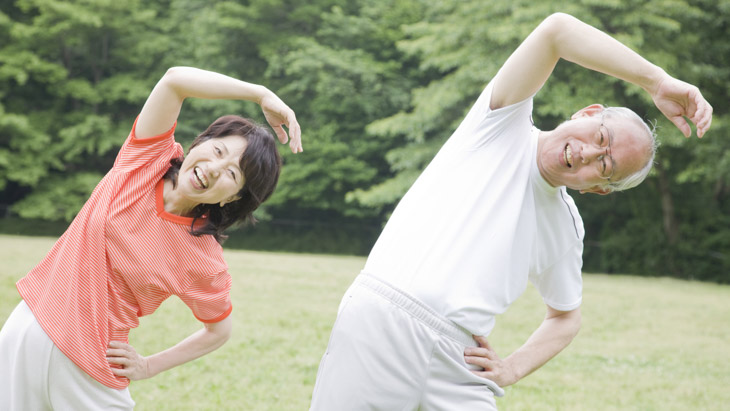
Sleep with a Low Pillow
Blood pressure can drop during sleep. Doctors often recommend that individuals with low blood pressure sleep with a slightly elevated pillow, ideally at a 10-20 degree angle. This position reduces the risk of low blood pressure during sleep and upon waking up.

For Individuals Aged 50 and Above, Regular Blood Pressure Monitoring is Essential
The elderly are more susceptible to blood pressure disorders. Therefore, if you have older adults aged 50 and above in your family, regular blood pressure monitoring is crucial.

Maintaining a positive mindset and avoiding strong emotions such as fear, sadness, and anxiety are also important measures to prevent blood pressure issues in older adults.






























